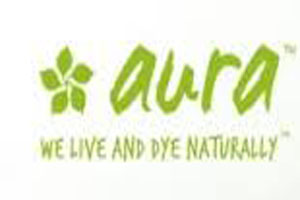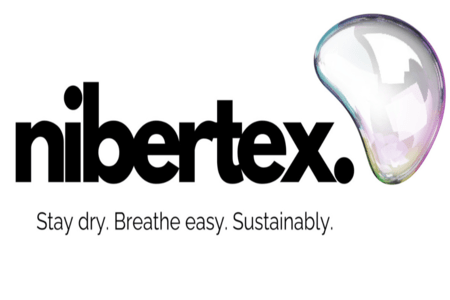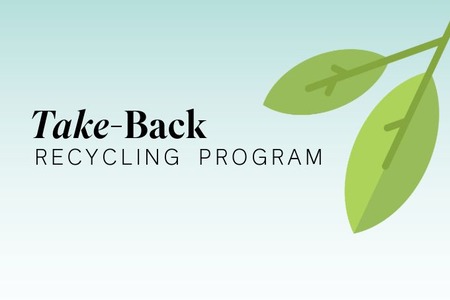
Aura textile uses eco-friendly dye and technique to change the face of textile industry
YarnsandFibers News Bureau 2014-08-06 22:30:00 – AhmedabadAt Aura Herbal Textile Ltd., through eco-friendly dyeing processes aims to offer a sustainable alternative to conventional chemical dyeing. Here at aura they believe in paying back the dews they owe to the nature, in living and dyeing naturally.
The textile industry is a significant contributor to many national economies, encompassing both small and large-scale operations worldwide. The textile industry uses high volumes of water throughout its operations, from the washing of fibres to bleaching,dyeing and washing of finished products.
On average, approximately 200 litres of water are required to produce l kg of textiles and dying a simple t-shirt pollutes about 2000 litres of water. This is fresh water that cannot be reused and is typically dumped into fresh water sources such as rivers, causing widespread contamination. At India’s textile hub Ahmedabad, which is also known as the Manchester of the East, this practice is common.
However, in the heart of the nation’s textile giant is one business that is changing the current trend of super-high water consumption and notorious water pollution. Aura Herbal Textiles is a business that is running by Sonal Baid – the Co-Founder of Aura with her husband Arun Baid.
Aura Herbal Textiles make use of organic colours and ancient Indian dying techniques to remove the toxicity that has been part of the Indian textile business. The company makes use of ingredients such as pomegranate peels, turmeric, Madder, Onion, Haritaki, sea salt and Sapindus (Soap Nuts) to dye fabrics in an eco-friendly manner.
Through their innovative process of producing herbal textiles and dyes, they want their business to help in impeding pollution and harm caused by regularly dyed textiles. At Aura they see a futuristic world where every user may enthusiastically choose herbal dyed fabric without compromising on design, quantity or quality. Thus they are accomplishing this dream through their Global Organic Textile Standard certified processes. Their variety in processes on a diverse range of fabrics not only reflects superior capabilities but also interest in high quality. This paired with beautiful range in colors and prints allows being at par with the enormous industry.
Herbal dyeing is in fact a simple process which was developed through extensive research on age-old dyeing methods practiced since the days of the Indus Valley civilization. The process of herbal dyeing starts with the gray cloth passing through several stages of treatment before it becomes colorful and ready to wear. During this entire treatment only natural processes are used.
It is simpler in its form than its synthetic counterpart where the large volumes of waste water generated contains a wide variety of chemicals, used throughout processing. These can cause damage if not properly treated before being discharged into the environment. Of all the steps involved in textiles processing, wet processing creates the highest volume of waste water.
Market Intelligence
Ask for free sample Report

experience
Customer Base
dedicated team
Countries Served Worldwide









